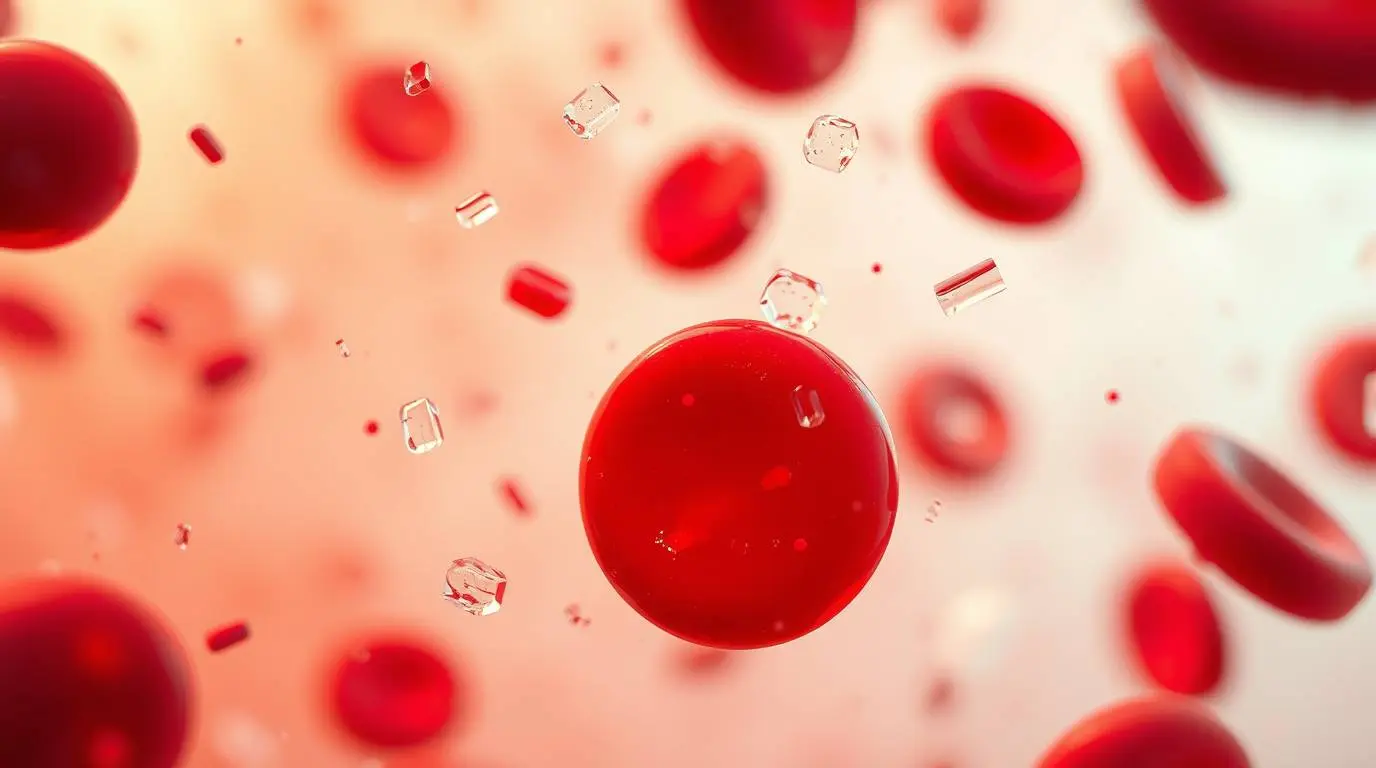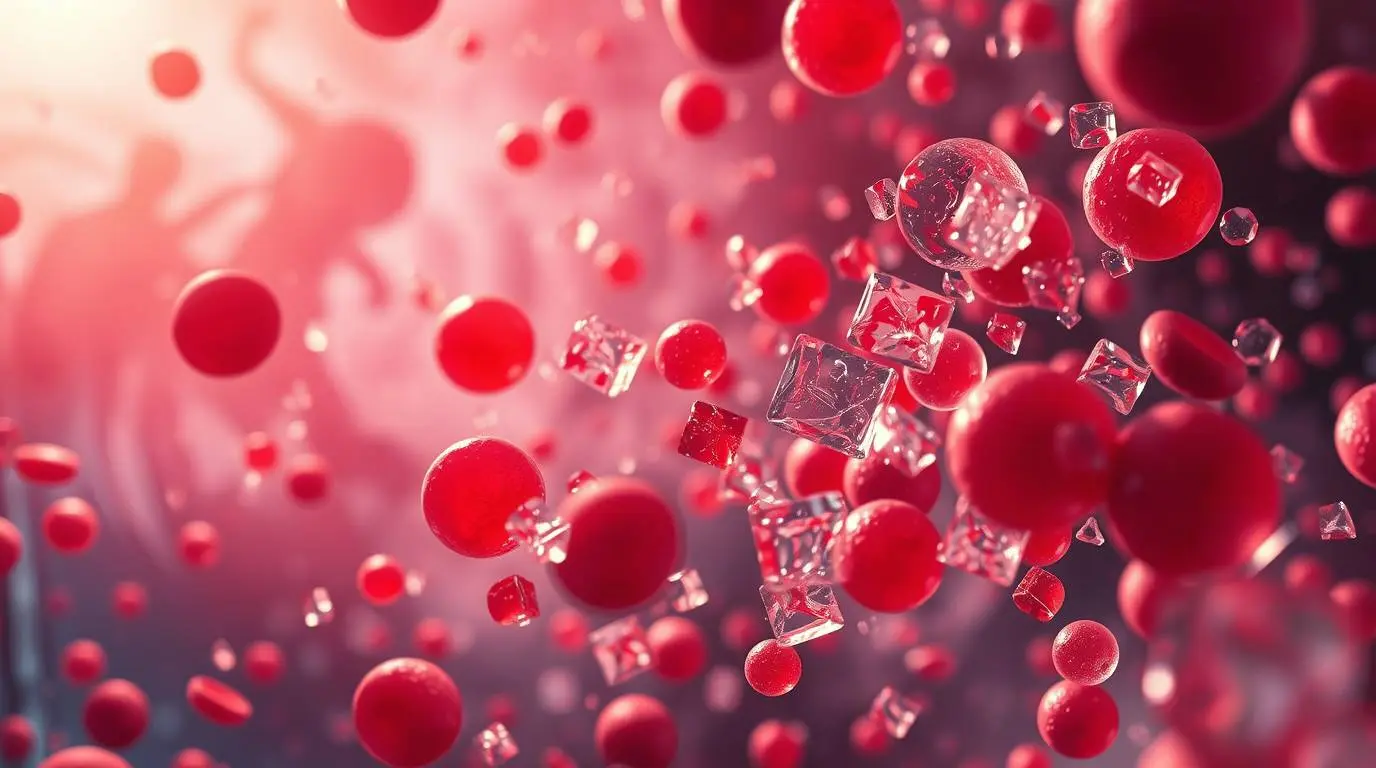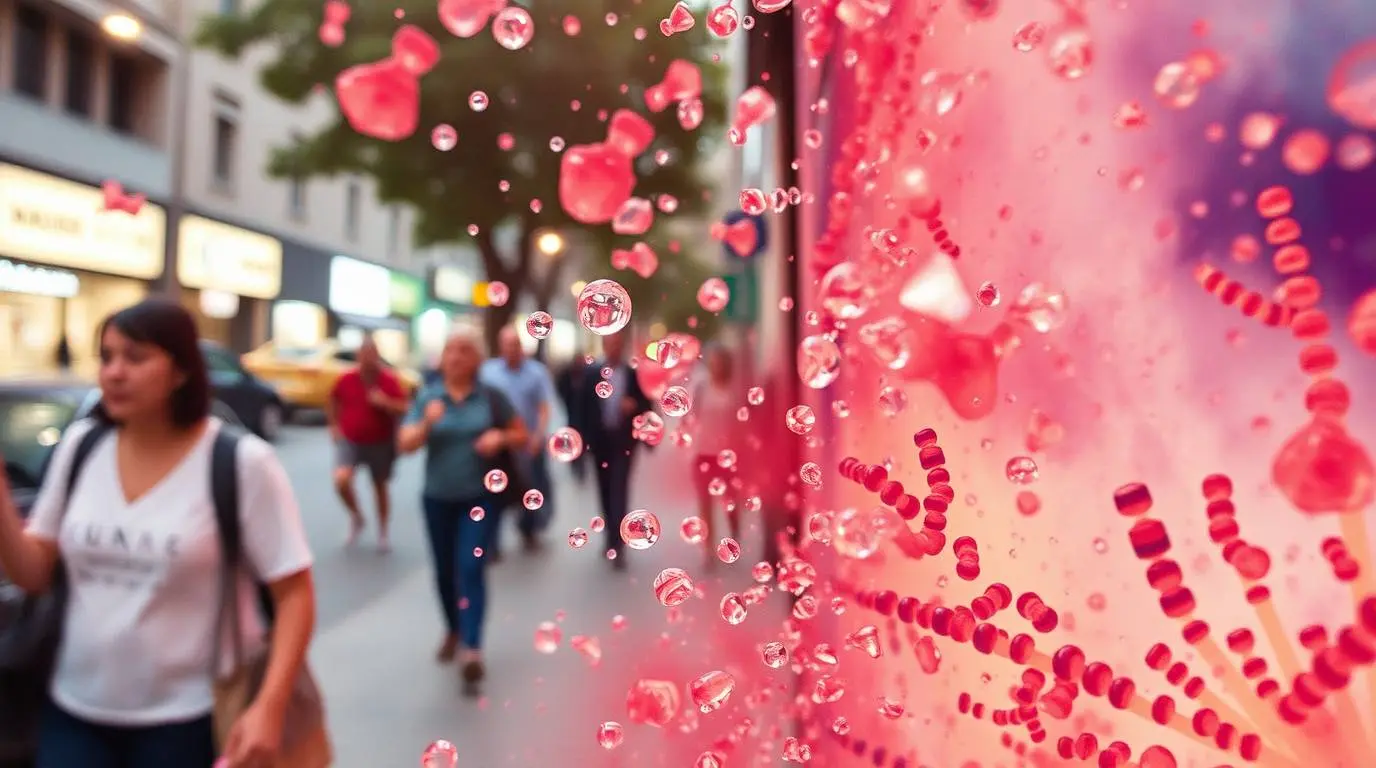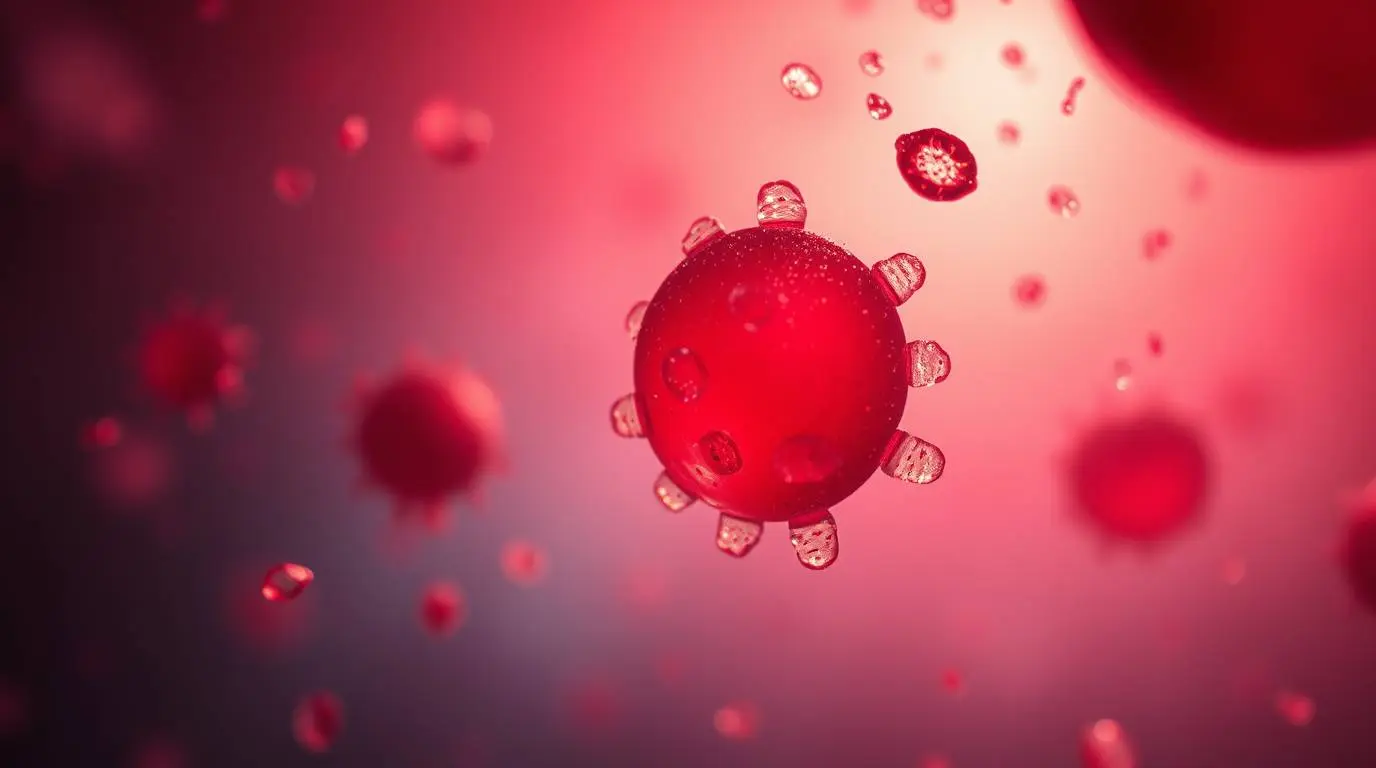Introduction
Microplastics—tiny plastic particles less than five millimeters in size—have been found in oceans, food, and even the air we breathe. However, recent studies have revealed an alarming discovery: microplastics are now present in human blood. This raises serious concerns about potential health risks and long-term effects on our bodies. But how do these particles enter our bloodstream, and what can we do to minimize exposure?
How Do Microplastics Enter the Human Body?
Microplastics infiltrate our bodies through multiple sources, including:
- Drinking Water: Studies show that bottled water contains higher concentrations of microplastics than tap water.
- Food Consumption: Seafood, salt, and even fruits and vegetables have been found to contain microplastics due to environmental contamination.
- Airborne Particles: Microplastics are present in the air, and we inhale them unknowingly.
- Personal Care Products: Many cosmetics, toothpastes, and exfoliating scrubs contain tiny plastic particles.
The Potential Health Risks of Microplastics in Blood
While research is still ongoing, scientists have raised several concerns about the possible health effects of microplastics in human blood:
- Inflammation and Cellular Damage: Plastic particles may trigger immune system responses, leading to chronic inflammation.
- Toxic Chemical Exposure: Microplastics can carry harmful chemicals such as phthalates and bisphenol A (BPA), which are linked to hormonal imbalances, reproductive issues, and even cancer.
- Organ Accumulation: Over time, microplastics could accumulate in vital organs, potentially interfering with their function.
- Bloodstream Transport: The presence of microplastics in the bloodstream suggests they may travel throughout the body, possibly affecting the brain and other critical systems.
How to Reduce Microplastic Exposure
While eliminating microplastics completely may be impossible, there are steps you can take to reduce your exposure:
- Use a Water Filter: Invest in high-quality filters to remove microplastics from drinking water.
- Avoid Plastic Packaging: Opt for glass, stainless steel, or reusable containers instead of plastic.
- Choose Natural Personal Care Products: Look for microplastic-free cosmetics and skincare items.
- Eat Fresh and Organic Foods: Processed and packaged foods may contain higher levels of microplastics.
- Reduce Single-Use Plastics: Limit the use of plastic straws, bags, and utensils to decrease overall plastic pollution.
- Stay Informed: Follow scientific studies and environmental organizations for updates on microplastics and health safety.
Conclusion
The discovery of microplastics in human blood is a wake-up call for both scientists and consumers. While the full health implications are still under investigation, taking proactive steps to minimize exposure is crucial. By making informed choices and advocating for better regulations, we can work toward a healthier future free from plastic contamination.




Why Are Microplastics Being Found in Human Blood and What Does It Mean for Our Health?